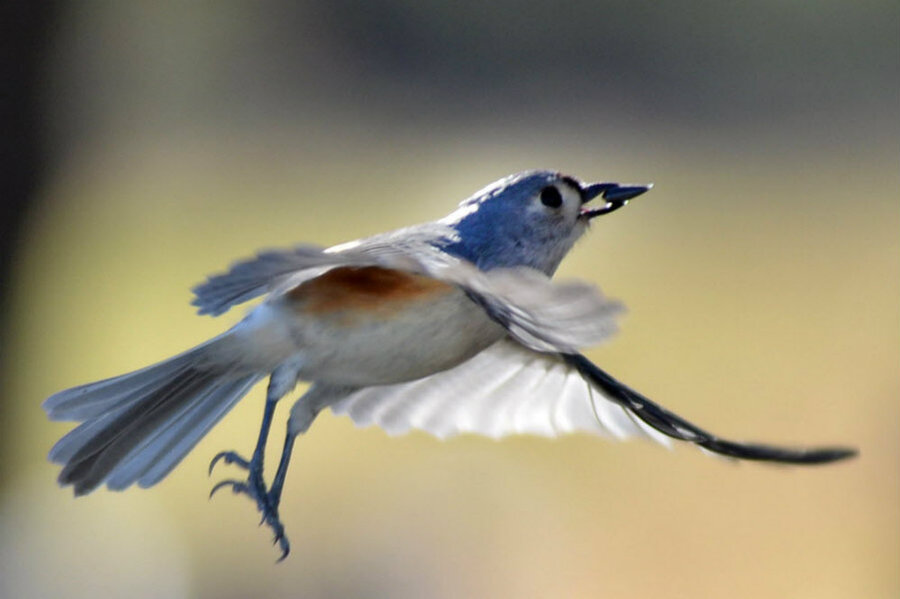Audubon needs citizen scientists for annual bird count, PhD not required
Loading...
Those with time to spare on Presidents’ Day weekend may want to take a few minutes to contribute to advancements in ornithology.
The annual Great Backyard Bird Count, to be held this year from Feb. 12 to 15, will see amateur birdwatchers and experts alike flocking to backyards and parks to count and report sightings of birds in their area.
Part of a global effort to learn more about bird behavior, environments, and conservation strategies, the project, founded by the Cornell University Lab of Ornithology and the National Audubon Society, today underscores the growing importance of public participation in scientific research in an age of big data and growing connectivity.
“Citizen-science projects like the Great Backyard Bird Count are springing up all over the world,” said Jon McCracken, national program manager at Bird Studies Canada, in a statement. “More and more, scientists are relying on observations from the public to help them gather data at a scale they could never achieve before. The GBBC is a great way to get your feet wet: you can count birds for as little as 15 minutes on one day or watch for many hours each day at multiple locations – you choose your level of involvement.”
The concept of citizen science is not new. As early as the 1700s, amateur naturalists played a key role in recording and indexing local plant and animal life, and fields such as astronomy and ornithology continue to attract active lay communities today, said Sheila Jasanoff, a professor of science and technology studies at the Harvard Kennedy School, to Harvard Magazine.
“There’s a good, long history of people in orthodox scientific domains enrolling members of the public,” she said.
The Internet and social media, however, have transformed the way scientists and the public interact, forming a level of communication and engagement previously impossible. As Harvard Magazine put it: “Today’s citizen science is born from and reinforces other shifts in the digital world – ‘big data,’ open access, and mobile-phone technology foremost among them – and borrows heavily from aspects of Internet culture: forums, gaming, and social media, to name just a few.”
Some citizen science initiatives ongoing today are Firefly Watch, run by the Museum of Science in Boston; JellyWatch, launched in 2010 with the support of the Monterey Bay Aquarium Research Institute in California; and Bat Detective, a project run by Zooniverse, an online platform for collaborative research.
“Over the past few years, there’s been an explosion of opportunities for ordinary people to collect data for researchers, and sometimes help analyze it,” writes Andrew Maynard, a professor in the School for the Future of Innovation in Society at Arizona State University, and Director of the Risk Innovation Lab, for The Conversation. “Without doubt, the movement is enabling more people than ever before to become engaged in science and to contribute toward scientific progress.”
But the GBBC, launched in 1998, remains among the most enduring citizen science projects to date. In 2015, participants from more than 100 countries entered a record 147,265 bird checklists for the four-day event, identifying nearly half the world’s bird species. Participants also helped take note of changes in bird behavior, with researchers pointing out oddities after the data was collected.
“[W]e’re seeing birds showing up in unusual places, such as a Great Kiskadee in South Dakota, as well as unseasonal records like Orchard Oriole and Chestnut-sided Warbler in the Northeast,” said Audubon chief scientist Gary Langham in a statement. “We’re curious to see what other odd sightings might be recorded by volunteers during this year’s count.”






